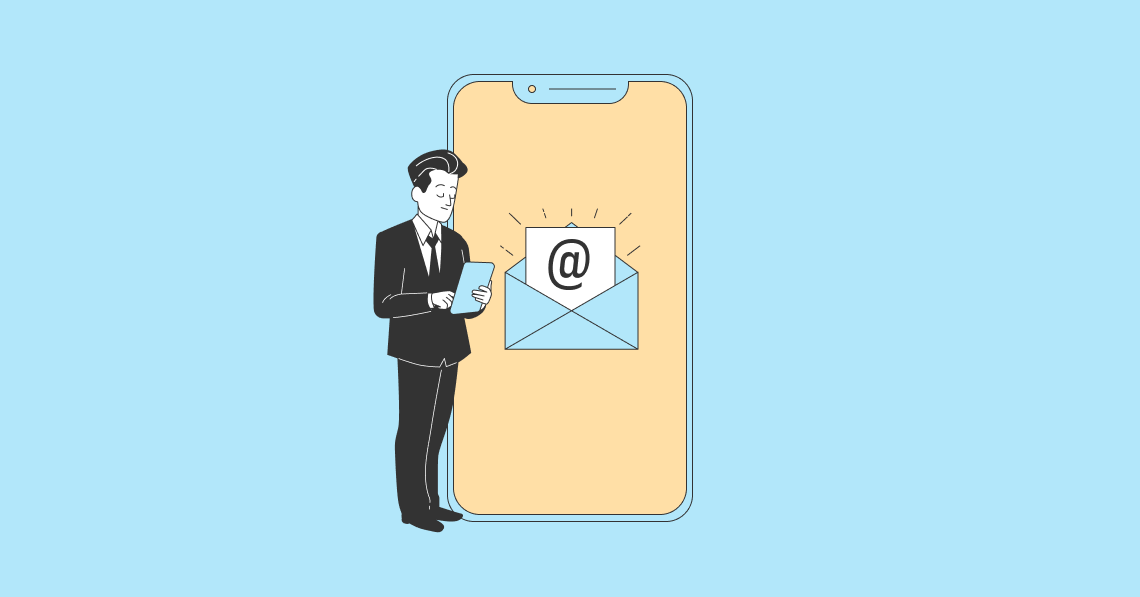Ever since the introduction of ChatGPT in 2022, marketers and industry players have been looking into using artificial intelligence (AI) to generate text-based content.
As the use of generative AI in copywriting is gaining traction within the digital landscape, the consumer awareness of the tell-tale signs of non-human generated content has also increased with 50% being able to spot AI-generated copies, according to a recent Bynder survey.
The survey also found that when presented with two articles, one written by ChatGPT and the other by a trained copywriter based on the same brief, 50% of the 2,000 surveyed consumers could identify the AI-generated content.
Don’t miss: Study: 50% of consumers can tell if copies are AI-generated
In terms of consumer perception, 82% do not mind if brands use AI to generate copy, as long as it feels written by a human. However, 63% of consumers prefer transparency around AI-generated content. This presents a challenge in deciding to develop more natural AI content or disclose its use, which could risk lower engagement and negative perceptions.
Maintaining transparency of AI generated content
Industry players MARKETING-INTERACTIVE spoke to believed that brands should be conscious of how their target audiences perceive it.
Kris Kwan, senior copywriter, NoTwo HK, said brands may demonstrate the collaborative process between AI and humans by showcasing the original AI-generated drafts alongside the final, human-edited versions.
“It provides the core idea of what is being done by the producer and why, while at the same time explaining how the AI-human collaboration differs from purely AI-generated content.”
As cliché as it sounds, openness and honesty are the keys to building trust, hence brands should let their audience know it is using AI technology in the copy, according to Venus Leung, senior copywriter, Narrow Door.
If the AI copy itself is in good quality, that further encourages customers to grow confidence and widen their acceptance to AI tech by having positive user experience.
Leung added that brands could even highlight the use of AI-generated copy as a selling point, which could allow the audience to see AI from a different perspective. “Make use of its objectivity, informative style, or even its awkwardness, to generate fresh perspectives, interesting tone that break free from the box that we are used to.”
Furthermore, brands can disclose the use of AI-generated content by including a simple statement such as “Content is AI-generated” at the bottom or end of the content, similar to the approach taken with terms and conditions in food and beverage ads, said Ken Lo, creative director at dentsu Creative.
“It’s honest, upfront, but won’t affect the audience’s interaction with the piece of communication.”
On the other hand, Luke Somasundram, associate creative director, BBH Singapore, said that there is no simple solution to reassuring consumers about the use of AI in content, as technological advancements will likely outpace any current rules or best practices, making it a constantly evolving challenge for brands to navigate.
“I think the best way to approach things is by being curious vandals — staying savvy on the latest technological developments while figuring out new ways to subvert expectations in a world where AI-generated copy is the norm,” Somasundram said.
Adding a human touch
Sometimes, it is not compulsory for brands to disclose the utilisation of AI-generated copy to consumers, said Chungtsz Shun, co-founder of Durian HK.
“As time goes by, only industry insiders will be concerned about it, while the audience will not pay significant attention. What only matters to the audience, from the past to the eternal future, is the content itself being engaging or not,” he added.
In fact, a piece of engaging content means understanding the target audience and adding a human touch. The same Bynder survey revealed that 26% would feel the brand is impersonal if the website copy lacks a personal touch. Additionally, 25% and 20% will perceive the brand as impersonal or untrustworthy respectively if social media posts appear AI-generated.
Raymon Chin, CCO innovation of APAC, VML, said this is down to how marketers ‘craft’ and ‘feed’ an AI to create a bespoke “brand brain”. “This brand brain would have learnt from all the successful communications you’ve ever created, understanding the nuanced personality of the brand.”
Then they will be trained to talk with a certain brand personality to its various audiences, he said. “For instance, if this were a Nike ‘Brand Brain’, it could deliver an empowering message to a male basketball player or a female tennis fanatic in different ways, but with the consistency of the same brand personality.”
Our job is to use AI to “super-charge” these experiences and make them feel like magic.
When it comes to personalisation, it’s all about how to start with a “human touch”, and end with a human “touch”. Narrow Door’s Leung said brands should start their ideas with a human and truthful insight, and let their promptings lead to a unique direction.
“Let the AI do its efficient work. Base on the result, copywriters should step in again and finish it with a ‘touch’. Touch up, bringing in touches that enhance the resonations,” she added.
Ultimately, it is important for brands to remain thoughtfully calibrated in determining where the proper nature of AI generated copy versus human written content lies as an acceptable method, said NoTwo’s Kwan.
“AI could obviously do better when it comes to creating something high-volume and often low-value add, such as large amounts of content like press release or email newsletters. For most high-stakes advertising that demands a strong brand voice and a deep understanding of the audience, trained human copywriters should handle things,” Kwan added.
BBH Singapore’s Somasundram added that AI’s role in the industry should not be just as an efficiency tool, but rather as a realm of new creative possibilities.
It opens a myriad of new possibilities for storytelling.
“Brands have value when they give us a human connection with a product. If we give up that human connection in the name of efficiency, then there’s little value,” he said.
Join us this coming 26 June for Content360 Hong Kong, a one-day-two-streams extravaganza under the theme of “Content that captivates”. Get together with our fellow marketers to learn about AI in content creation, integration of content with commerce and cross-border targeting, and find the recipe for success within the content marketing world!
Related articles:
McDonald’s HK extends CNY blessings with first AI-generated campaign
Singapore’s first GenAI Sandbox to help SMEs is here
Ernst & Young photographs over 200 faces in futuristic AI-generated video




